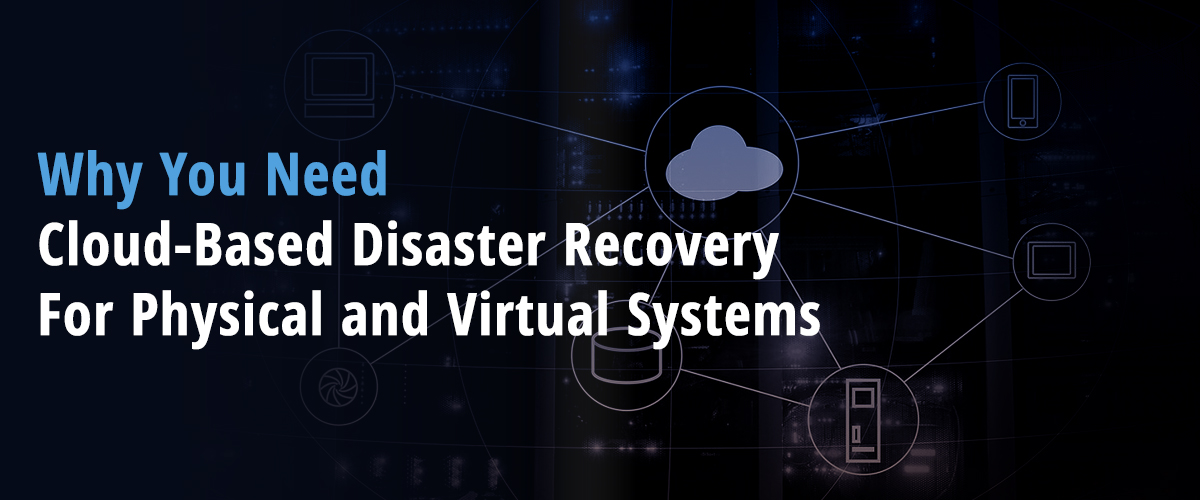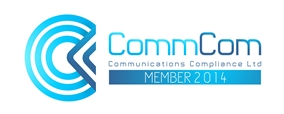Like most cloud-based options available these days, disaster recovery is generating quite a buzz. Whereas having the ability to replicate your systems off site was once financially and logistically feasible only for enterprise-level organisations, Disaster Recovery as a Service (DRaaS) opens the door for small- and medium-sized companies to enjoy the benefits of having a virtual safety net.
It does not take a full-scale natural catastrophe to prove disastrous to your bottom line as any unplanned downtime can be costly. A recent survey shows that 10% of business respondents suffered losses ranging from $50,000 to $100,000, with 2% losing more than $5 million. Despite this, 35.6% of companies surveyed in a separate study revealed they do not have any disaster recovery plans.
Whether you operate an onsite physical infrastructure, virtual machines or a cloud-based environment, having a disaster recovery plan in place is essential to preventing costly downtime; protecting you from data loss, damage to reputation and potential liability.
Why You Need a Cloud-Based Disaster Recovery Plan For Physical and Virtual Systems
Unlike a cloud-based backup which simply makes a copy of all your data, DraaS takes the process further by virtually replicating your entire system applications and data to provide you with operational continuity should your infrastructure go down.
So, while you can restore your systems from backed-up data, it presumes that you have a working infrastructure available in which you can restore it.
Let’s take a look at how both physical and virtual environments can benefit from a DRaaS setup.
Physical Infrastructure
Physical infrastructures are the most vulnerable to crashes and outages, and accordingly can benefit the most from cloud-based DRaaS due to:
- Fast recovery in the event of a system crash or outage with the ability to quickly failover to a cloud backup copy of your systems
- No need for capital expenditure on physical hardware to store your replicated systems as is the case with traditional disaster recovery
- Pay-as-you-go model saves you money as you only pay for the services you use while giving you the flexibility to scale up or down as needed
- Dependable security measures means your data will be protected
- Ensure continuity of your business operations and the protection of your reputation
Virtual Infrastructure
Even though you may already have a private cloud-based virtual infrastructure in place, it does not mean you should not have a disaster recovery contingency planned.
Virtualisation software are still based on physical equipment that can fail or become corrupted. Fortunately, most hosting providers offer fail overs and fail backs as an add-on option since it is relatively easy to replicate your visualised infrastructure.
DRaaS providers use can use a tailored mix of technologies and strategies to backup and protect your data so that it can be restored as quickly and efficiently as possible. Users who rely on data or apps on virtual environments can enjoy all the benefits listed above for physical systems, including the added feature of being able to restore computing capability resulting in faster uptime and peace of mind.
With cloud-based disaster recovery options becoming a standard, due to its affordability and simplicity to manage, it has never been easier or more vital to have a contingency plan in place to ensure the continued operation of your critical systems.
QCS Group is a leading IT services provider for small and midsize level organisations. From network and infrastructure management to software licensing, we have the solutions you need to move your business forward.
If you’re in the Brisbane area and would like to find out more about this or other IT topics, please don’t delay Contact QCS Group, at 1300 858 723 or by sending us an email to: marius@qcsgroup.com.au


